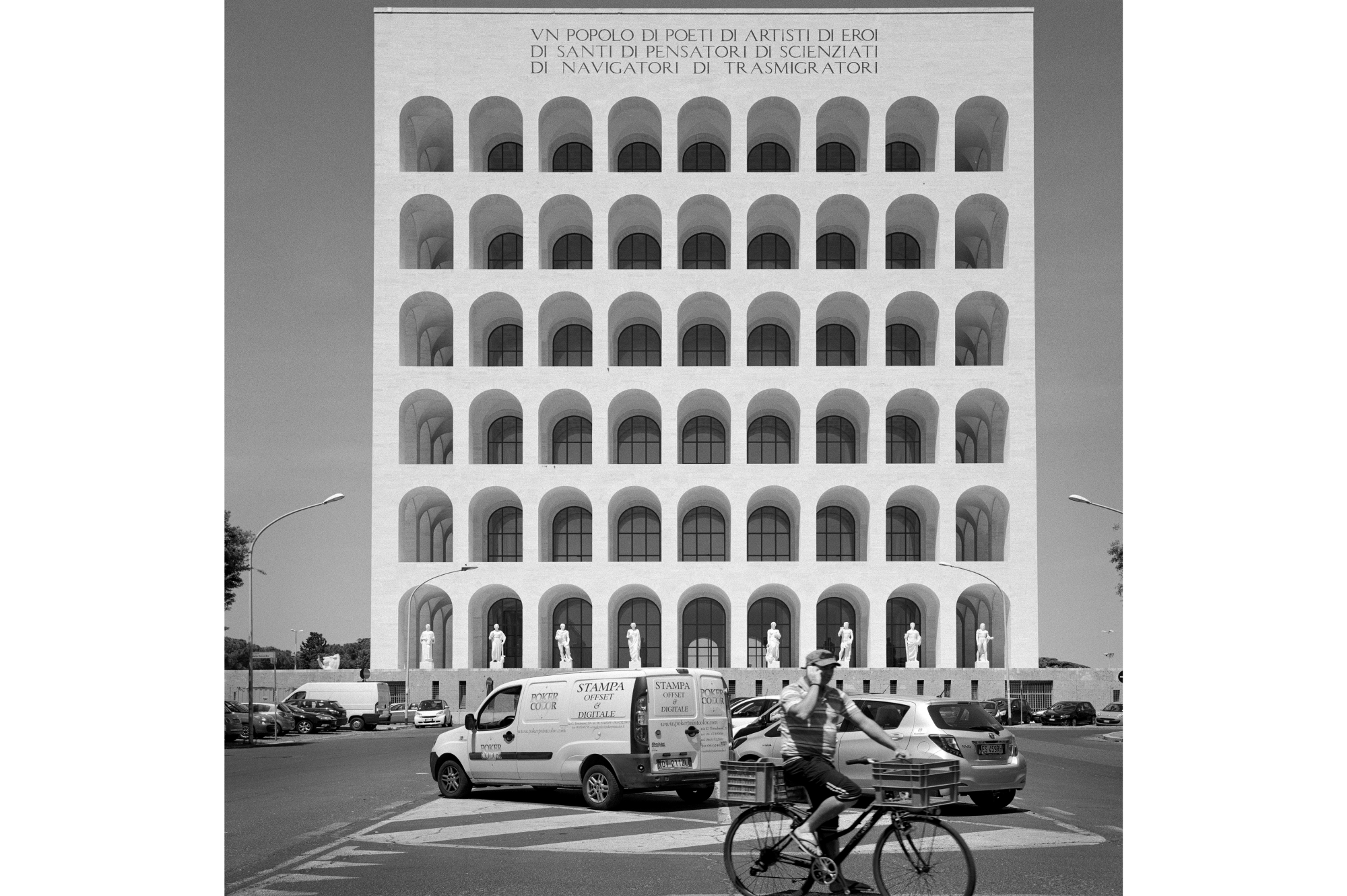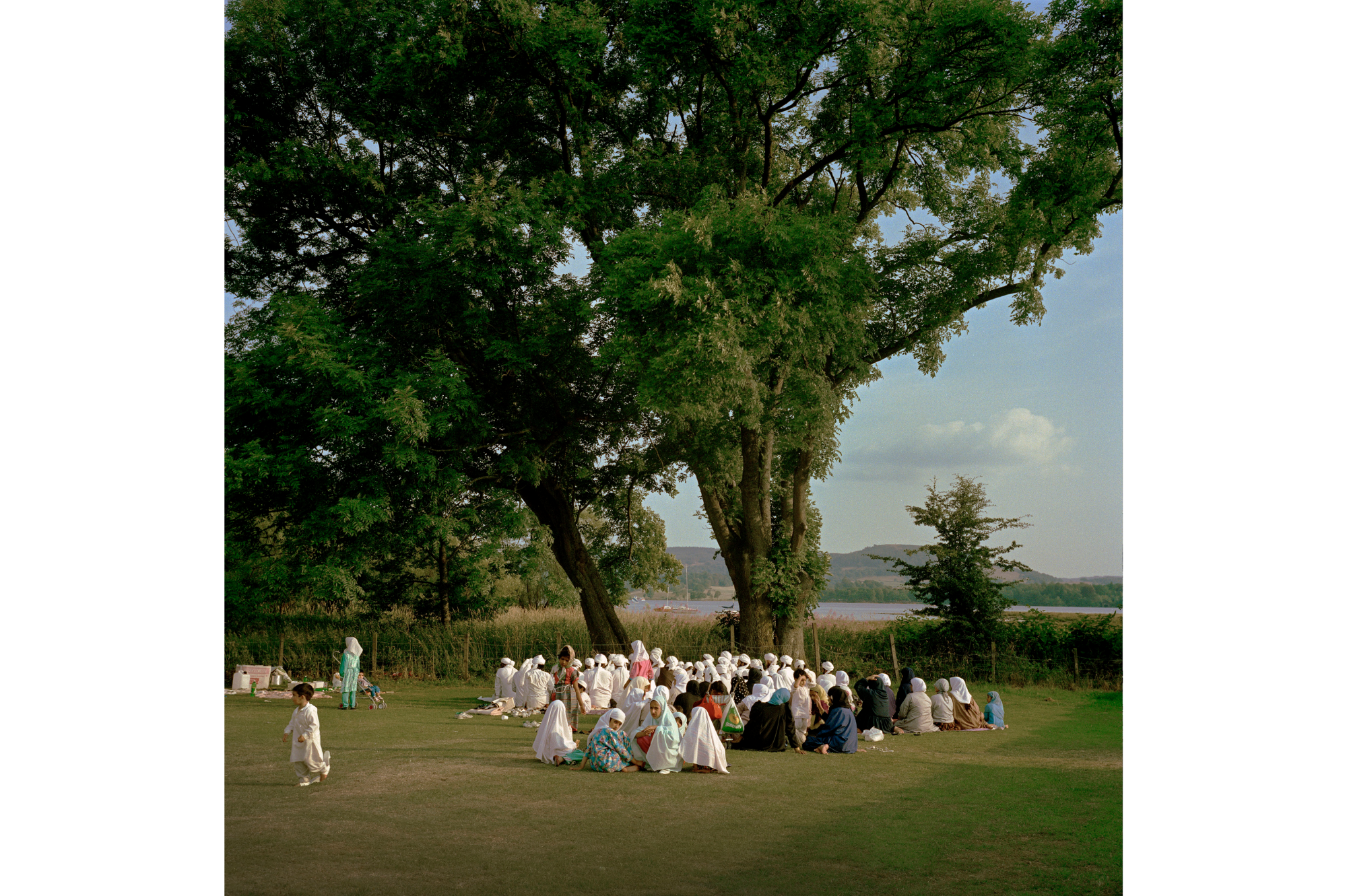JOHN KIPPIN
BASED ON A TRUE STORY,
WORKS 1984–2018
John Kippin’s artwork is represented in three of the UK’s national collections of contemporary art, having recently been acquired for the Arts Council Collection in 2018, and having works in the Victoria & Albert Museum and British Council Collection. John Kippin’s career began in the early 1970s when he was a key figure in the co–operative of young artists who ran 2B Butler’s Wharf at Tower Bridge. In this decade he was instrumental in presenting artists’ film, performance, and installation projects in public and gaining recognition for new media in the visual arts. In the 1980s Kippin began to receive widespread recognition for his own photographic artwork, exhibiting in public venues from the Serpentine Gallery in 1981 to the Laing Art Gallery in 1989. In the 1990s he was awarded major one-person exhibitions at venues including The Photographers’ Gallery, London and his work was acquired for the permanent collections of national institutions. He also exhibited across Europe, North America and Asia. In the 2000s he undertook research residencies at places from the military base Greenham Common to the stately home Compton Verney, and published a sequence of ground-breaking artist’s books. Since then he also exhibited bodies of work at venues from BALTIC to the Imperial War Museum. Today he is Emeritus Professor in Photography at the University of Sunderland and is chair of the visual arts organisation Locus+.
ROMANITAS
19.O5.2O18 –
24.O6.2O18
“….. we’re going to build an entirely new political
movement .…. an economic nationalist movement…. [with] a trillion-dollar
infrastructure plan…. We’re just going to throw it up against the wall and see if it
sticks. It will be as exciting as the 1930s…”
—
Steve Bannon, Chief Strategist to president-elect Trump, November 2016
Romanitas reveals a brand new body of work created in Rome since 2012. It was made before the rise of the far-right on both sides of the Atlantic, but after the austerity imposed by governments across Europe that has allowed parties such as Northern League in Italy; the Front National in France; Golden Dawn in Greece; the Freedom Party in Austria; the Party for Freedom in Holland; the Alternative for Germany all to flourish.
In Romanitas, Kippin reflects upon both the state of contemporary politics, in relation to that what WH Auden called the “low, dishonest decade” of the 1930s. In Romanitas Kippin dwells on the image of the future built by a far-right nationalist regime that still exists, to picture the daily life lived amongst it. The work can be read as a kind of portrait of Europe in our time. Kippin’s starting point in creating the work was Winston Churchill’s famous phrase: “We shape our buildings; thereafter they shape us”.
Across three years, Kippin has been resident in Rome, photographing the EUR zone – the Esposizione Universale Roma – that was planned and mostly built under Mussolini’s rule in the inter-war years – and even continued after the defeat of the fascist regime. The EUR lies outside the historical centre of Rome, and was intended to displace it, as a brand new centre. The failure of the fascist project ensured that it did not; but it became re-used for other needs. Commerce took the place of ceremonial uses; imperialist architecture today serves prosaic, mercantile purposes.
Accordingly, its extraordinary monuments, statuary and grand boulevards have become the settings for the theatre of everyday life. The EUR is one of the few parts of Rome that is not a tourist destination. Yet some of the EUR’s buildings resemble those proposed by Albert Speer for Berlin – embodying what the critic Peter York calls the “dictator chic” of astonishing bad taste. Yet other fascist buildings are masterpieces of early modernist design – meaning that there is no easy correlation between aesthetics and politics, design and ideology. Romanitas asks what the connections between these arenas are. In Germany, fascist architecture has been taboo since 1945, seen as toxic or merely kitsch. In Italy, the project to build the EUR continued even after defeat in World War II, even if the original imperial ambitions accompanying it were dropped. In Kippin’s work, we see daily life continue in weird, palatial environments fit for a dictator. Below fifty-foot high columns, and next to lurid statues, couples flirt or argue; men furtively piss in bushes or sleep rough on the streets; and the trials and travails of daily life continue.
Romanitas also includes a brand new sound work, ‘No photos, no video’ – the first that the artist has revealed in public. It was also created in Rome – being recorded in the Sistine Chapel, in the Vatican. The piece captures the hubbub and confusion of the tourist experience of the city, and the promise of being surrounded by ‘great art’ also means being shepherded through endless corridors at speed alongside thousands of others.
BASED ON A TRUE STORY, WORKS
1984–2018
29.O6.2O18 – 23.O9.2O18
Based on a True Story surveys forty years of making art in public by John Kippin, a central figure in the emergence of photography as an independent art form in the UK from the 1970s and 1980s through to the present day. The exhibition, and the 344pp publication that accompany it, bringing together contributions from nine leading scholars and curators in the field, including the Director of The Photographers‘ Gallery, Brett Rogers. Each of the nine contributors has selected works from Kippin’s forty-year archive to provide new insights into his way of seeing the world through a lens.
Kippin’s photographic artwork has contributed to debates about the nature of post-industrial landscapes, national and regional identity, forgotten spaces, and the power of the state and commerce to reshape the world. Since the 1980s, Kippin has created billboards for public spaces that intervene in the social realm directly – countering the messages of advertising with counter-cultural propositions, and questions.
Alongside well-known works including the seminal ‘Nostalgia for the Future’ we encounter works such as ‘Hidden’, revealing the power of the state in every aspect of our lives, and every corner of the world we thought we knew. ‘Hidden’ pictures a smashed-up jet fighter plane, grounded in the middle of the country, surrounded by rolling English hills and fields. It is as though a fighter plane from Iraq or Afghanistan had alarmingly tumbled out of the sky into a pastoral field in England: as though war had come home to haunt us. ‘Hidden’ reveals that which is hidden in plain sight: that the monopoly on violence held by the state underpins all of our lives. The graphic designer Peter Saville chose ‘Hidden’ to be the cover of Suede’s album Sci-Fi Lullabies in recognition of its Englishness, its peculiar glamour, and its horror.
The exhibition includes 20 new monumental prints of work originally shot across four decades that reveal the state of the nation over the artist’s lifetime. Across the panoramic range of subjects from tourism to cold war militarism, Kippin has consistently asked: what we have become? What can we see of ourselves, as a society, and what still remains hidden?
EVENTS
| Friday 18 May, 6 – 9pm Preview ‘Romanitas’ | |
| Wednesday 6 June 6.30 – 8pm Artist Talk In collaboration with North East Photography Network | |
| Thursday 28 June, 6 – 9pm Preview ‘Based on a True Story, Works 1984–2018’ | |
| Thursday 28 June, 6 – 9pm Book Launch The project is accompanied by a mjor monograph about Kippin’s entire career published by Kerber, Berlin, with the same title. The launch of the book is Thursday 28 June 6 – 9 pm |
Archives
Privacy Policy
Gallery open:
Every day, 1Oam-5pm
FREE
Visitor information
Twitter
Facebook
Instagram
Flickr
YouTube
SUBSCRIBE TO OUR NEWSLETTER
Northern Gallery for Contemporary Art is an Arts Council England National Portfolio Organisation. We are proud to work in partnership with National Glass Centre.


